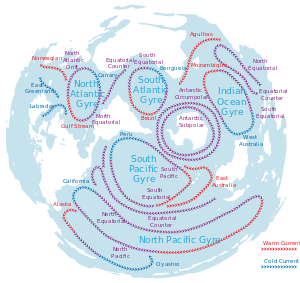They are called red mangroves because of the chemical, called tannin, in their bark that makes it red when it gets red. This type of mangrove has prop roots which are the roots that come away and down from the main trunk. They are more tolerant than white or black mangroves so you'll find them closer to the sea.
Next is the black mangrove. They grow closer to the shore than the red mangroves but father out than the white mangroves. Black mangroves have pneumotophores which are shallow roots, grow horizontally and send up vertical shoots that bring oxygen to rest of the roots.
Last is the white mangrove. It is the least tolerant of salt water so it grows furthest from the sea, usually on higher ground. It doesn't have any special root adaptations.
There are many benefits of protecting mangroves. Mangrove wetlands provide breeding, nursery and feeding areas for a great variety of organisms, including endangered and threatened species. They also filter upland run off and buffer wave action during intense tropical storms, like hurricanes as well as hold soil during periods of heavy precipitations stabilizing shoreline sediments.






































